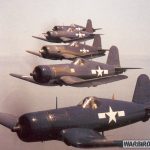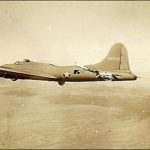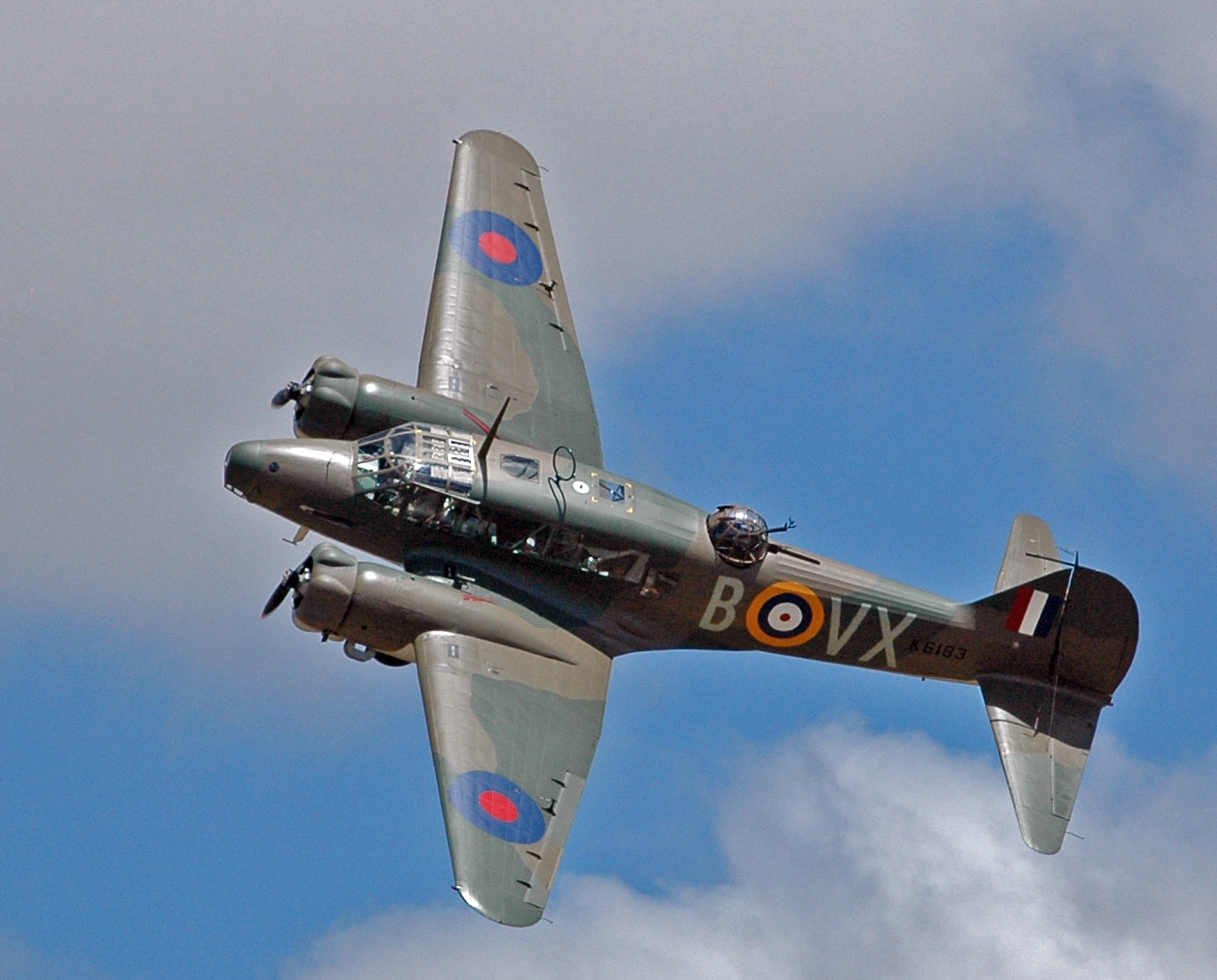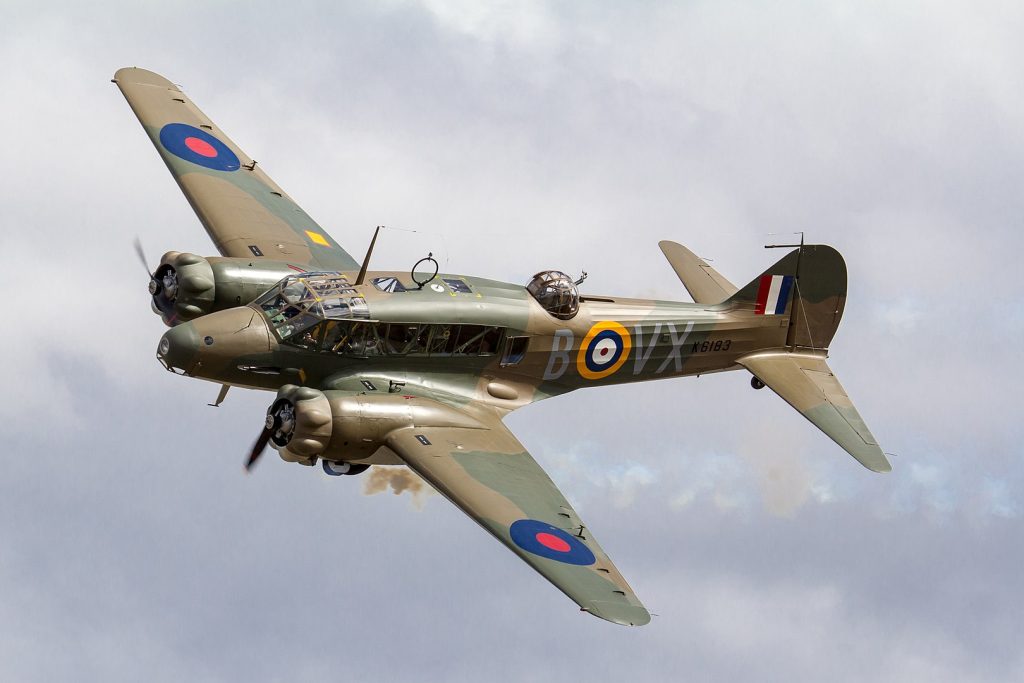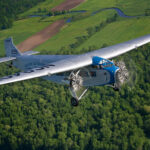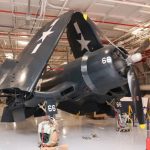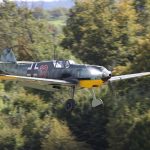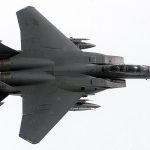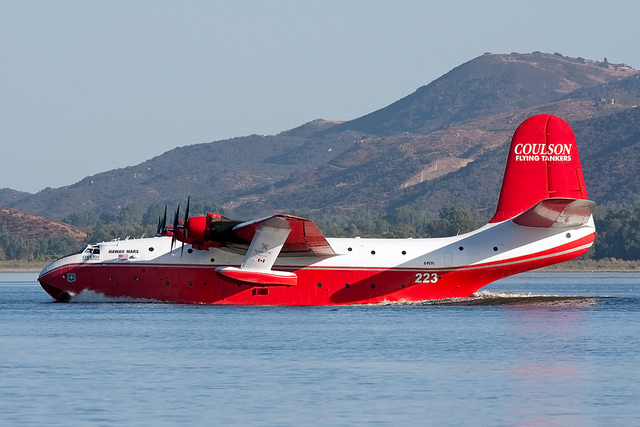
Ninety years ago today, on March 24, 1935, the Avro Anson took to the skies for its maiden flight. Originally designed as the Avro 652, a British light airliner, the aircraft would go on to serve in a wide variety of roles with numerous operators. When World War II reached the shores of the United Kingdom, the British Air Ministry issued a request for an aircraft capable of maritime reconnaissance—an urgent need given the growing threat of German U-boats. The Avro Anson was selected for the role, beginning a long and distinguished service career.
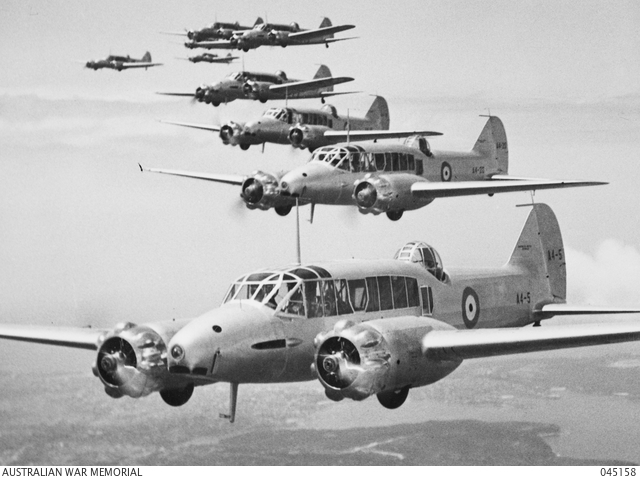
Nicknamed “Faithful Annie,” the Anson quickly gained a reputation for reliability and a low accident rate. Its airframe was an unusual combination of wood, steel, and fabric, contributing to its lightweight and durable construction. Another distinctive feature was its multi-paneled canopy, earning it the nickname “The Flying Greenhouse” due to its extensive windows, which provided exceptional visibility—an invaluable asset for maritime reconnaissance.
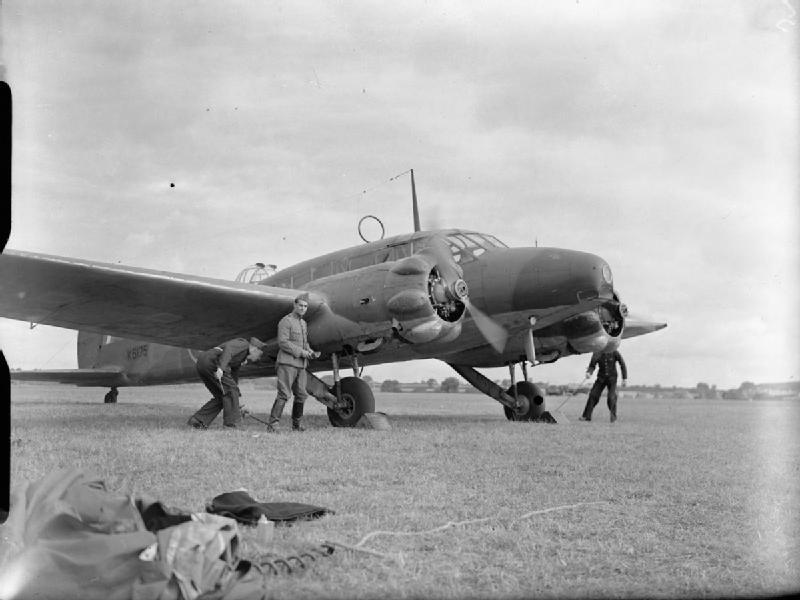
As World War II progressed, the Avro Anson’s versatility became even more apparent. It was repurposed as a bomber trainer, preparing pilots, bombardiers, aerial gunners, and navigators for service in heavier aircraft. It performed so well in this role that some variants were even adapted for light bombing missions. Following the war, many Ansons found a second life as transports for small civilian airliners, continuing their legacy beyond military service.
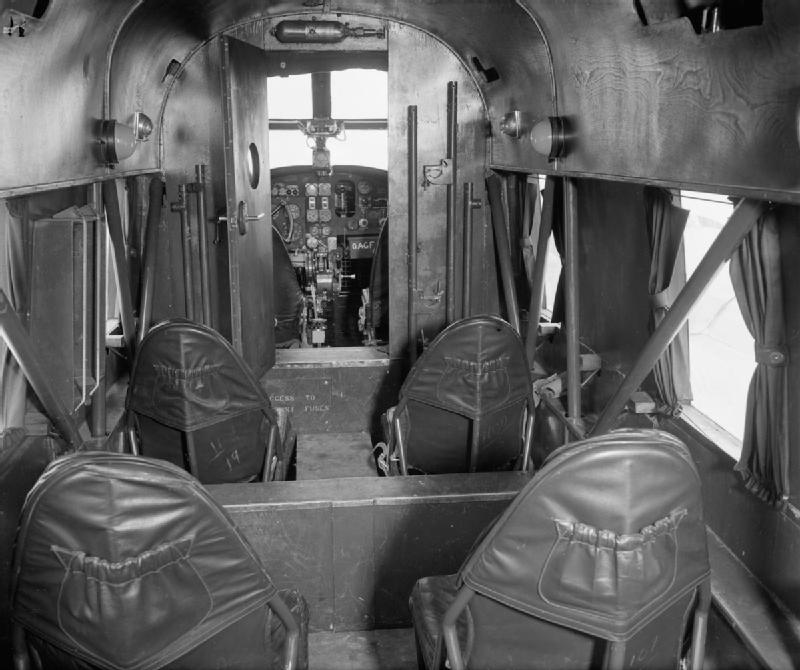
However, the Anson did not age gracefully. In the postwar years, a critical design flaw emerged—phenolic glue used in the wooden wings began to deteriorate, leading to structural failures. As a result, many Ansons were retired and scrapped before their time. Today, only two Avro Ansons remain airworthy, both based in the United Kingdom. Around eighteen more are preserved in museums or undergoing restoration worldwide, serving as a reminder of the aircraft’s remarkable contributions to aviation history.




